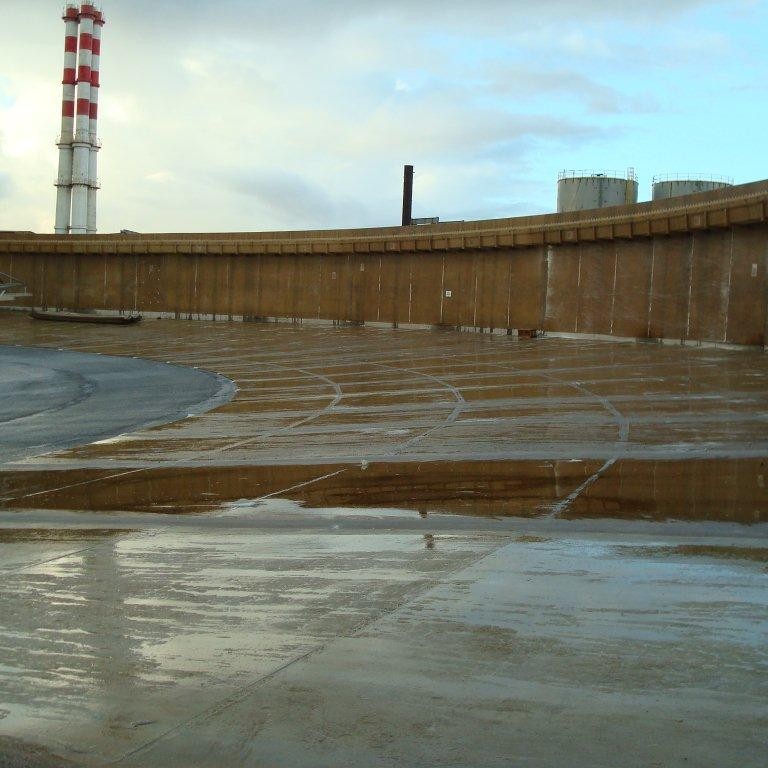
-
 Afrikaans
Afrikaans -
 Albanian
Albanian -
 Amharic
Amharic -
 Arabic
Arabic -
 Armenian
Armenian -
 Azerbaijani
Azerbaijani -
 Basque
Basque -
 Belarusian
Belarusian -
 Bengali
Bengali -
 Bosnian
Bosnian -
 Bulgarian
Bulgarian -
 Catalan
Catalan -
 Cebuano
Cebuano -
 China
China -
 China (Taiwan)
China (Taiwan) -
 Corsican
Corsican -
 Croatian
Croatian -
 Czech
Czech -
 Danish
Danish -
 Dutch
Dutch -
 English
English -
 Esperanto
Esperanto -
 Estonian
Estonian -
 Finnish
Finnish -
 French
French -
 Frisian
Frisian -
 Galician
Galician -
 Georgian
Georgian -
 German
German -
 Greek
Greek -
 Gujarati
Gujarati -
 Haitian Creole
Haitian Creole -
 hausa
hausa -
 hawaiian
hawaiian -
 Hebrew
Hebrew -
 Hindi
Hindi -
 Miao
Miao -
 Hungarian
Hungarian -
 Icelandic
Icelandic -
 igbo
igbo -
 Indonesian
Indonesian -
 irish
irish -
 Italian
Italian -
 Japanese
Japanese -
 Javanese
Javanese -
 Kannada
Kannada -
 kazakh
kazakh -
 Khmer
Khmer -
 Rwandese
Rwandese -
 Korean
Korean -
 Kurdish
Kurdish -
 Kyrgyz
Kyrgyz -
 Lao
Lao -
 Latin
Latin -
 Latvian
Latvian -
 Lithuanian
Lithuanian -
 Luxembourgish
Luxembourgish -
 Macedonian
Macedonian -
 Malgashi
Malgashi -
 Malay
Malay -
 Malayalam
Malayalam -
 Maltese
Maltese -
 Maori
Maori -
 Marathi
Marathi -
 Mongolian
Mongolian -
 Myanmar
Myanmar -
 Nepali
Nepali -
 Norwegian
Norwegian -
 Norwegian
Norwegian -
 Occitan
Occitan -
 Pashto
Pashto -
 Persian
Persian -
 Polish
Polish -
 Portuguese
Portuguese -
 Punjabi
Punjabi -
 Romanian
Romanian -
 Russian
Russian -
 Samoan
Samoan -
 Scottish Gaelic
Scottish Gaelic -
 Serbian
Serbian -
 Sesotho
Sesotho -
 Shona
Shona -
 Sindhi
Sindhi -
 Sinhala
Sinhala -
 Slovak
Slovak -
 Slovenian
Slovenian -
 Somali
Somali -
 Spanish
Spanish -
 Sundanese
Sundanese -
 Swahili
Swahili -
 Swedish
Swedish -
 Tagalog
Tagalog -
 Tajik
Tajik -
 Tamil
Tamil -
 Tatar
Tatar -
 Telugu
Telugu -
 Thai
Thai -
 Turkish
Turkish -
 Turkmen
Turkmen -
 Ukrainian
Ukrainian -
 Urdu
Urdu -
 Uighur
Uighur -
 Uzbek
Uzbek -
 Vietnamese
Vietnamese -
 Welsh
Welsh -
 Bantu
Bantu -
 Yiddish
Yiddish -
 Yoruba
Yoruba -
 Zulu
Zulu
Exploring the Benefits and Applications of FRP Fuel Tanks in Modern Fuel Storage Solutions
Understanding FRP Fuel Tanks A Modern Solution for Fuel Storage
In the world of fuel storage, the choice of materials has a significant impact on safety, durability, and efficiency. One of the most innovative solutions that has emerged in recent years is the use of Fiber Reinforced Plastic (FRP) for fuel tanks. FRP is a composite material made from a polymer matrix reinforced with fibers, commonly glass fibers, which provides enhanced mechanical properties and corrosion resistance.
Advantages of FRP Fuel Tanks
1. Corrosion Resistance Traditional fuel tanks made of steel or other metals are prone to rust and corrosion, especially when exposed to certain fuels or environmental conditions. FRP tanks, on the other hand, are inherently resistant to chemical degradation, making them ideal for storing a variety of fuels. This property not only extends the lifespan of the tanks but also reduces maintenance costs.
2. Lightweight Construction FRP fuel tanks are significantly lighter than their metal counterparts. This lightweight nature simplifies transportation and installation, as well as reduces the structural requirements necessary for support. For applications where weight savings are critical, such as in aviation, this can be a game-changer.
3. Design Flexibility The manufacturing process of FRP allows for great flexibility in design. Tanks can be molded into various shapes and sizes to fit specific space requirements or usage scenarios. This adaptability makes FRP tanks suitable for a wide range of applications, from small residential setups to large industrial operations.
4. Enhanced Safety Safety is paramount in fuel storage. FRP tanks can be designed to include double-walled configurations, significantly reducing the risk of leaks and spills. The impermeable nature of the materials helps contain any potential leaks, thereby minimizing environmental impact and ensuring compliance with regulations regarding hazardous materials.
frp fuel tank

5. Cost-Effectiveness Although the initial investment in FRP tanks might be higher than traditional options, the long-term savings can be substantial. Reduced maintenance, lower risk of failure, and longer lifespan all contribute to a more economical solution over time. Additionally, the efficiency in installation and transport can further drive down overall costs.
Applications of FRP Fuel Tanks
FRP fuel tanks are gaining traction in various sectors, including aviation, marine, automotive, and even in residential settings. In aviation, lightweight fuel tanks help improve the efficiency and performance of aircraft. In the marine industry, FRP tanks are used for holding fuel in boats and ships, providing durability against the corrosive marine environment.
Further, FRP tanks are also increasingly used in the automotive sector, particularly in electric vehicles where weight reduction is essential. The flexible design possibilities enable automakers to integrate these tanks seamlessly into their vehicle designs.
Conclusion
The shift towards Fiber Reinforced Plastic fuel tanks is a testament to how innovation can solve traditional problems in fuel storage. With advantages like corrosion resistance, lightweight properties, design flexibility, enhanced safety, and long-term cost-effectiveness, FRP tanks represent a forward-thinking approach in fuel management. As industries continue to prioritize safety and sustainability, FRP fuel tanks will likely see expanded use and development, reinforcing their position as a leading solution for modern fuel storage needs.
In summary, FRP fuel tanks offer a plethora of benefits that traditional materials struggle to match. Their growing acceptance across various sectors underscores a significant move towards more advanced and efficient storage solutions.
Latest news
-
Oblate Tanks: Space-Saving, Durable Liquid Storage SolutionsNewsAug.27,2025
-
High-Performance Piping System Solutions for Industry & Commercial UseNewsAug.26,2025
-
Precision Fittings: Durable & Reliable Industrial & Plumbing SolutionsNewsAug.25,2025
-
Practical Steps: Unlock Success with Our Proven GuidesNewsAug.24,2025
-
Transport Tanks: Safe, Durable & Efficient Liquid HaulingNewsAug.23,2025
-
High-Quality Piping Systems for Efficient Flow & DurabilityNewsAug.22,2025









